(ECNS) -- China has established the world's first three-satellite constellation based on the Distant Retrograde Orbit (DRO) in the Earth-moon region of space, according to the Chinese Academy of Sciences (CAS) on Monday.
Developed under the CAS class A strategic priority program "Earth-Moon Space DRO Exploration," the three satellites have stably established million-kilometer-level inter-satellite measurement and communication links in this region of space.
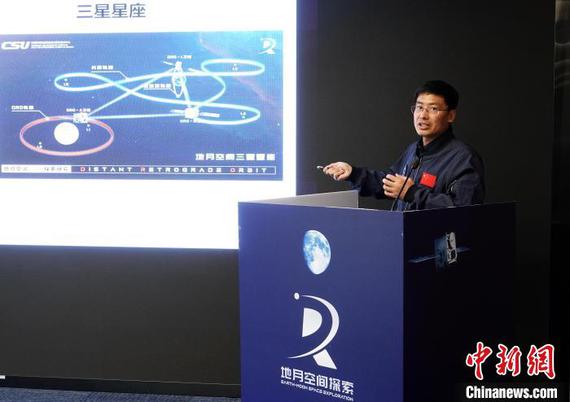
According to Wang Wenbin, a researcher at the Technology and Engineering Center for Space Utilization under CAS, this achievement marks the first time globally that satellites are being used to track others instead of relying on ground-based stations. This offers an efficient solution for orbit determination, navigation, and timing across various cislunar trajectories, and lays the groundwork for large-scale commercial activities in Earth-moon space.
Besides, researchers have achieved orbit determination accuracy using only 3 hours of inter-satellite measurement data, while traditional methods would require over two days. This breakthrough significantly reduces the cost of orbit determination for spacecraft operating in the region.
The Earth-moon region of space, extending from Earth's orbit outward as far as 2 million kilometers, represents a vast new frontier, with a three-dimensional spatial range thousands of times greater than traditional Earth orbits.
CAS began preliminary studies and tackled key technologies in this field as early as 2017. In February 2022, it launched a Class-A Strategic Priority Program to develop a three-satellite constellation in cislunar space. The mission aims to explore the unique properties and potential applications of DRO.
DRO is an orbit located approximately 310,000 to 450,000 kilometers from Earth and 70,000 to 100,000 kilometers from the Moon. The orbit can serve as transportation hubs connecting Earth, the Moon, and deep space, allowing satellites to enter with minimal energy, remain stable, and reach broad areas at low cost.
(By Gong Weiwei)









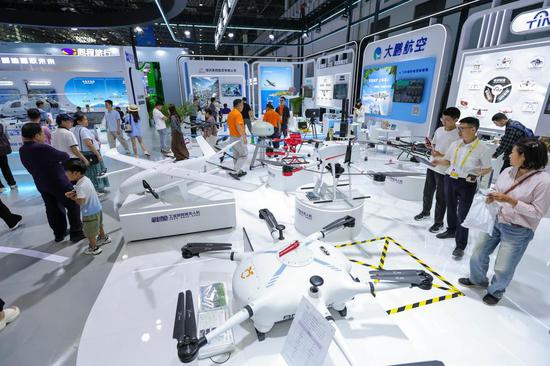


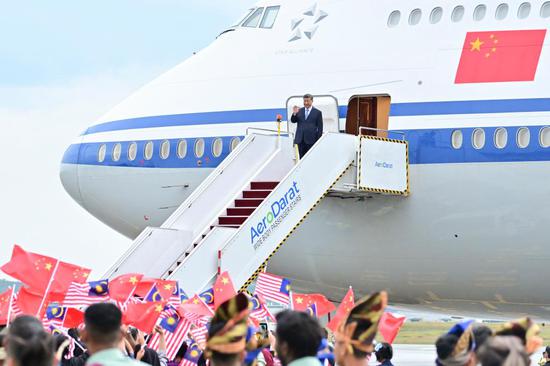












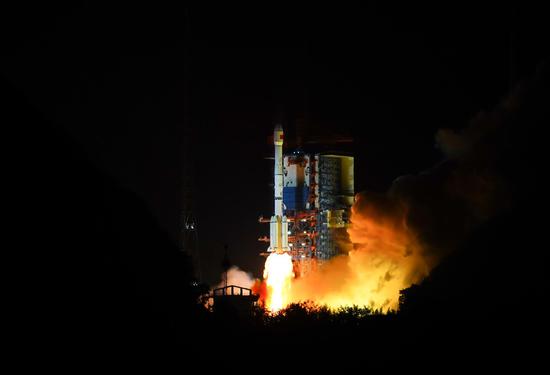




















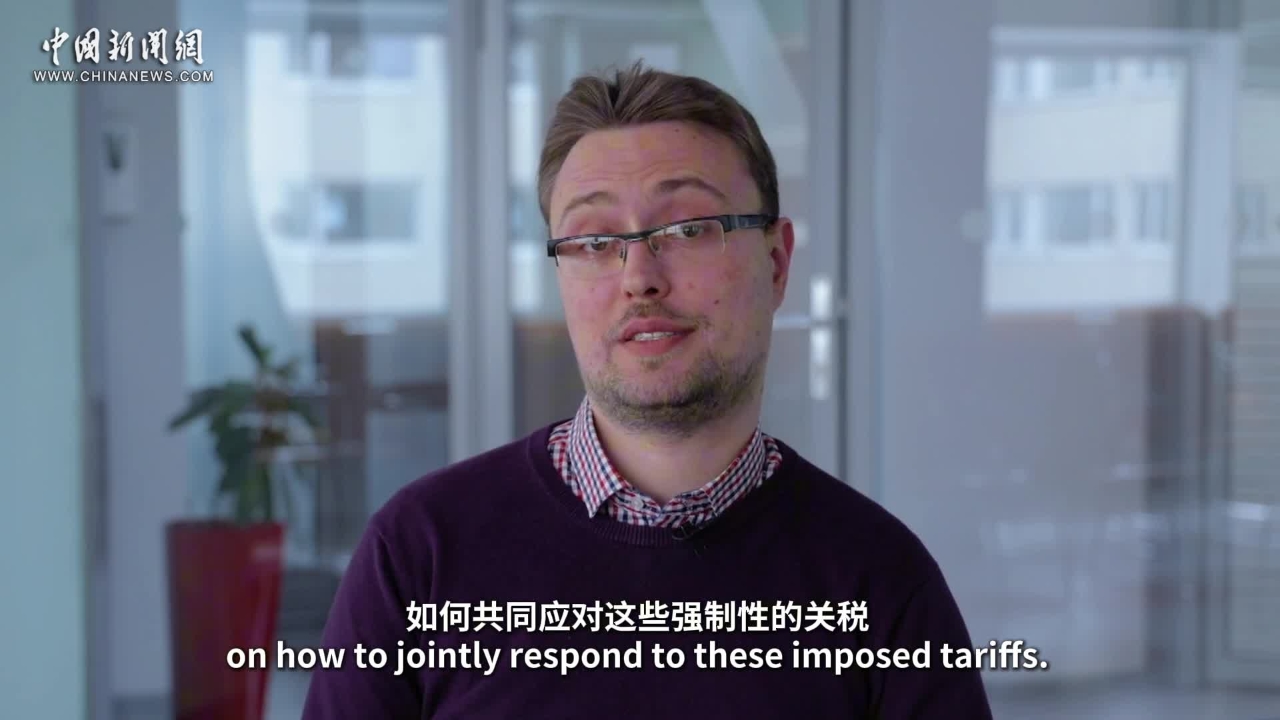


 京公網安備 11010202009201號
京公網安備 11010202009201號